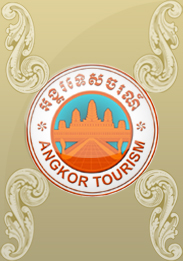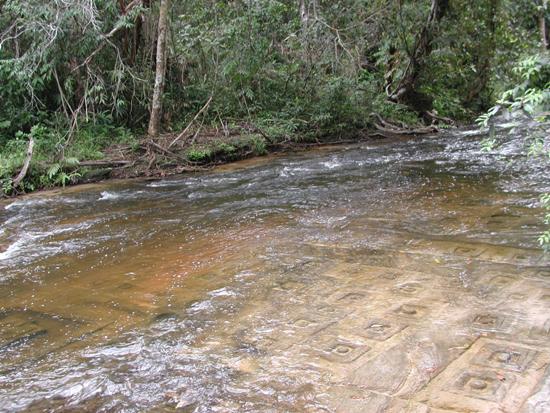|
Tourist Destinations Coastal Area Eco Tourism Other Destinalions
Find My Hotel Deal |
Phnom KulenPhnom Kulen mountain range is located 50km north of Siem Reap town with its highest point is 487m. Its name means “mountain of the lychees”. There is a sacred hilltop site on top of the range. Phnom Kulen is considered a holy mountain in Cambodia, of special religious significance to Hindus and Buddhists who come to the mountain in pilgrimage. It also has a major symbolic importance for Cambodians as the birthplace of the ancient Khmer Empire, for it was at Phnom Kulen that King Jayavarman II proclaimed independence from Java in 802 A.D.
|
| St.6, Phum Sala Kansèng, Khum Svay Dangkum,Siem Reap, Kingdom of Cambodia. Tel: (855) 97 7 384 101 , Fax: (855) 63 964 351 E-mail: info@angkortourism.biz |
Copyright©2009 Angkor Tourism Cambodia. All Rights Reserved. Designed by IT-SMART |

.jpg)
.jpg)
.jpg)
.jpg)
.jpg)
